The European Economy, 1500-1650
I. Framework
- climate: warm to 1600; Little Ice Age, 1600-1850
- population: 1500: 80 million; 1600: 115 million, then stagnation
The European Economy, 1500-1650
I. Framework
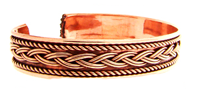 1. Medicinal bracelets offer an attractive, simple, easy-to-use kind of natural medicine. They can also teach us much about deeper patterns of physiology and nutrition.
1. Medicinal bracelets offer an attractive, simple, easy-to-use kind of natural medicine. They can also teach us much about deeper patterns of physiology and nutrition.
2. The bracelets can be composed of various minerals. In practice, to avoid overdosing of trace elements, they tend to contain mainly copper and zinc. The principles governing bracelets also apply to other kinds of jewelry, but here also one needs to steer clear of overdosing. In South Asia silver anklets actually may be implicated
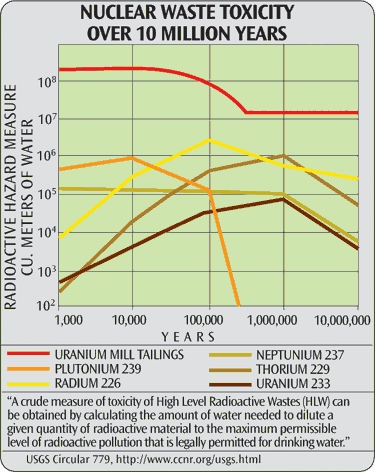
Remix & Return is a concept for solving the vexing problem of the disposal of radioactive waste. It refers to remixing waste with uranium mine and mill tailings, then returning the mixture to the mines from which it came. The average original level of radioactivity of the uranium ore before it was extracted is first estimated, and this becomes the upper, “natural” limit of the tailings and waste that may be reinserted into a given mine.
 Caffeine, the world’s most widely used psychoactive substance, attracts a lot of research. Caffeine also attracts controversy. Some scientists argue that caffeine is a benign and useful drug whose side effects are only of concern in regard to a small number of “sensitives”, including those with pre-existing anxiety or similar symptoms. They note that caffeine improves attention, reaction time, numeric and verbal memory, and work output and endurance in long-term exercise.
Caffeine, the world’s most widely used psychoactive substance, attracts a lot of research. Caffeine also attracts controversy. Some scientists argue that caffeine is a benign and useful drug whose side effects are only of concern in regard to a small number of “sensitives”, including those with pre-existing anxiety or similar symptoms. They note that caffeine improves attention, reaction time, numeric and verbal memory, and work output and endurance in long-term exercise.
But other researchers claim that caffeine causes multiple damaging effects ranging from boosting blood pressure to disrupting sleep, and that these affect hundreds of millions.
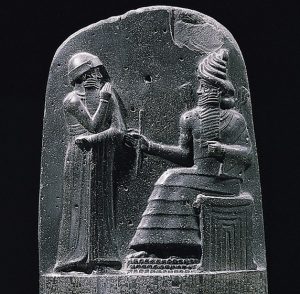 Atop the famous stele containing Hammurabi’s Code is a depiction of Hammurabi and Shamash, the Sun god, who was also the Babylonian god of justice. The swirling headdress of Shamash in this image might seem merely decorative, but in fact it possesses a dynamic meaning.
Atop the famous stele containing Hammurabi’s Code is a depiction of Hammurabi and Shamash, the Sun god, who was also the Babylonian god of justice. The swirling headdress of Shamash in this image might seem merely decorative, but in fact it possesses a dynamic meaning.
At the back of Shamash’s neck is an oval object that has no obvious purpose. It appears to be attached to the coiled shape of the headdress, as if it were the head of a serpent. But why would Shamash be wearing a serpent on his head?
To answer this question, one must become aware of the compelling new evidence for and reinterpretation of
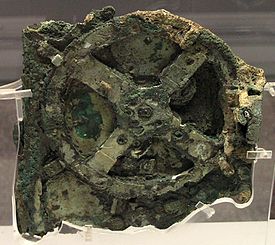
Decades of meticulous investigation have revealed many features of the 1st Century BC Antikythera Mechanism, a portable planetarium that demonstrated the motion of celestial objects. But we must question researchers’ conclusion that the Mechanism incorrectly represented the orbit of Mars, in particular, by roughly 30 degrees during retrograde motion1.
This discrepancy seems anomalous in a sophisticated device that otherwise exhibited a much smaller range of error. So maybe there is some other explanation.
 The treatment of severe depression remains a forbidding scientific frontier (Nemeroff, 2007). No current pharmacological therapy seems more than occasionally effective on those who suffer from it. Of the traditional device-based treatments, only Electro-Convulsive Therapy (ECT) has shown itself effective, and ECT is only effective to some extent and in some cases. ECT also comes with a significant price tag and consistent mid-level side effects. Many patients do not respond to any therapy, while the suicide rate among victims of severe depression remains tragically high.
The treatment of severe depression remains a forbidding scientific frontier (Nemeroff, 2007). No current pharmacological therapy seems more than occasionally effective on those who suffer from it. Of the traditional device-based treatments, only Electro-Convulsive Therapy (ECT) has shown itself effective, and ECT is only effective to some extent and in some cases. ECT also comes with a significant price tag and consistent mid-level side effects. Many patients do not respond to any therapy, while the suicide rate among victims of severe depression remains tragically high.
Treatment-resistant depression, whether moderate or severe, is an unusually expensive disorder because it tends to affect people at relatively young ages, making them less able to perform at work, frequently absent from work, or simply unable to work at all for decades on end (Crown, 2002). Researchers are currently investigating various novel approaches to the treatment of severe depression. But expanding the range of possible approaches to such a refractory syndrome can in the long run lead to a more optimal outcome. Here are three new approaches not currently under consideration.
 Knowing how to read documents in a sensitive and analytical manner is a skill that has wide application in career and personal situations. Techniques for evaluating documents can also be used to interpret objects of material culture and art. Here are 20 questions that can help us analyze documents. While they can be applied systematically, asking them randomly in brainstorming fashion may lead to even more rewarding outcomes.
Knowing how to read documents in a sensitive and analytical manner is a skill that has wide application in career and personal situations. Techniques for evaluating documents can also be used to interpret objects of material culture and art. Here are 20 questions that can help us analyze documents. While they can be applied systematically, asking them randomly in brainstorming fashion may lead to even more rewarding outcomes.
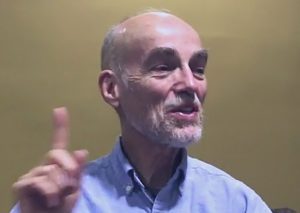 This is a presentation by Kenneth J. Dillon at the Institute of Noetic Sciences, Petaluma, California, on November 30, 2016. See also the video at https://vimeo.com/196130652.
This is a presentation by Kenneth J. Dillon at the Institute of Noetic Sciences, Petaluma, California, on November 30, 2016. See also the video at https://vimeo.com/196130652.
 Here are three overlooked methods of treating respiratory and disseminated infections that resemble the one caused by the COVID-19 virus.
Here are three overlooked methods of treating respiratory and disseminated infections that resemble the one caused by the COVID-19 virus.
 Many nutrition experts confidently recommend the Mediterranean Diet. Its vegetables, fruits, whole grains, nuts, olive oil, limited dairy products, and other natural foods provide a full range of nutrients even while minimizing or eliminating red meat and processed foods considered detrimental to health. But the question of whether one can gain further benefit from adding supplements to protect against hidden deficiencies or optimize health and performance remains open.
Many nutrition experts confidently recommend the Mediterranean Diet. Its vegetables, fruits, whole grains, nuts, olive oil, limited dairy products, and other natural foods provide a full range of nutrients even while minimizing or eliminating red meat and processed foods considered detrimental to health. But the question of whether one can gain further benefit from adding supplements to protect against hidden deficiencies or optimize health and performance remains open.
Certainly, turning to supplements would seem to violate the spirit of the Mediterranean Diet. Shouldn’t we trust Nature to provide us ample, complete nutrition in the form of food when we make the right choices? Didn’t the original models of the Mediterranean Diet–the Cretans of the 1950s–do very well without supplements? Shouldn’t we avoid excessive or even paranoid concern about hidden deficiencies and rather bask in the Mediterranean sun (or its local equivalent) while tasting the savory concoctions of Mediterranean chefs?
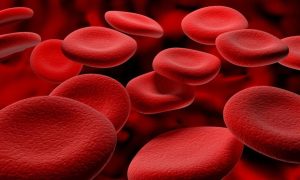 [For a fuller discussion of Biophotonic Therapy and the underlying science, including citations to the medical literature, see Healing Photons: The Science and Art of Blood Irradiation Therapy. For a brief discussion, see 10 Key Points about Biophotonic Therapy. See also the video Rethinking Biophotonic Therapy.]
[For a fuller discussion of Biophotonic Therapy and the underlying science, including citations to the medical literature, see Healing Photons: The Science and Art of Blood Irradiation Therapy. For a brief discussion, see 10 Key Points about Biophotonic Therapy. See also the video Rethinking Biophotonic Therapy.]